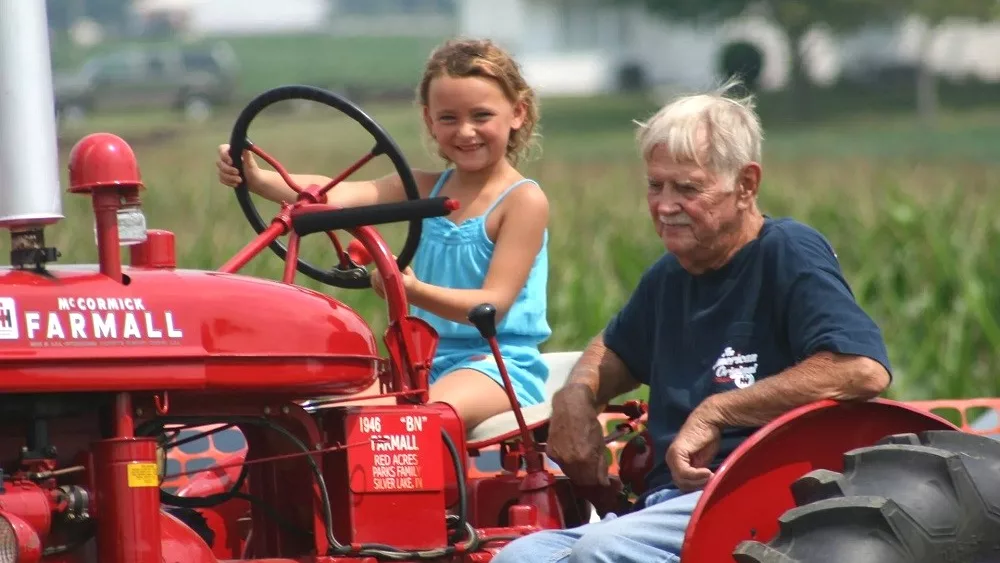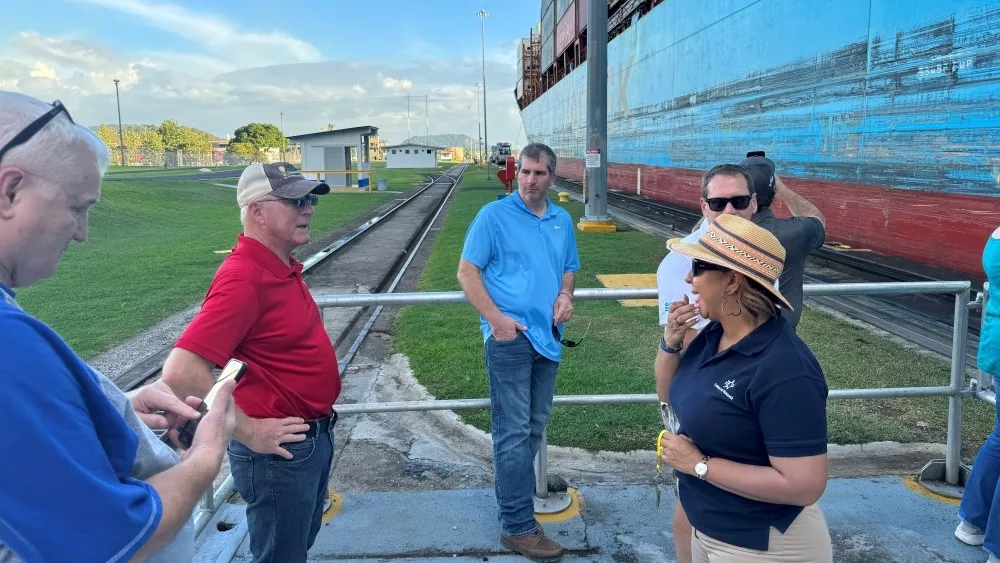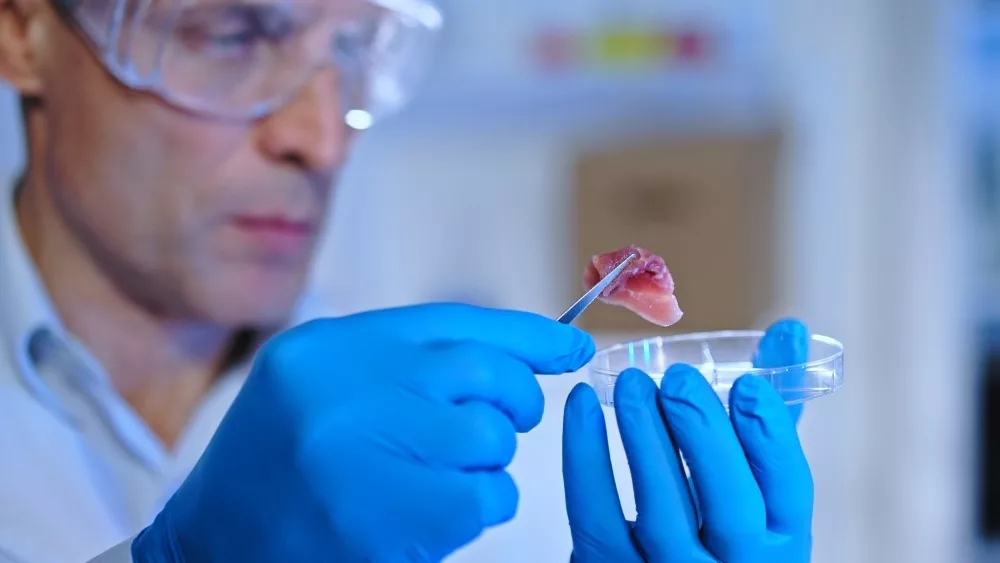Tremendous planting conditions last week and the potential for those conditions to continue could have farmers in West Central Indiana wrapping up soon if they haven’t already.
“I’d say where every bit of 95% to 98% planted,” says Pioneer agronomist Nick Hedden from the Tippecanoe County area.
As the dust settles on planting season, Hedden is looking ahead to what’s next for growers: post-emerge herbicide applications.
“Normally, we’ll focus on corn first. It kind of depends on the program that you run on growth stage, but, like anything, we want to make sure that we’re scouting to see what kind of weed pressure we have, what weed species we have, and make sure that our planned herbicide applications are going to take care of those weeds that are out in the field. Maybe you’ll have to change up your mix just a little bit just to make sure you’re going to get a good kill on those weeds.”
Hedden encourages you to have good sprayer hygiene to help protect yield potential.
“That’s one thing coming off of those burn down and pre-emerge apps that could potentially get overlooked as we’re focused on wrapping up planting. Thinking about spraying or post passes: is that sprayer cleaned out? Is it calibrated? Do I have the right tips and am I good to go on that side of things?”
Waterhemp and giant ragweed remain the top weeds of concern for farmers. Hedden says most herbicide programs in corn will take care of waterhemp as long as it’s within the labeled height.
“If waterhemp doesn’t get too far out of range, or taller than the labeled rate of these chemistries, we should be fine. But if waterhemp is above the height that the herbicide label says it can control, that’s when we need to be thinking about an addition to that program we can add in just to make sure that we’ve got the control that we need.”
To get in touch with Hedden or your local Pioneer representative, visit pioneer.com/FINDMYREP.




